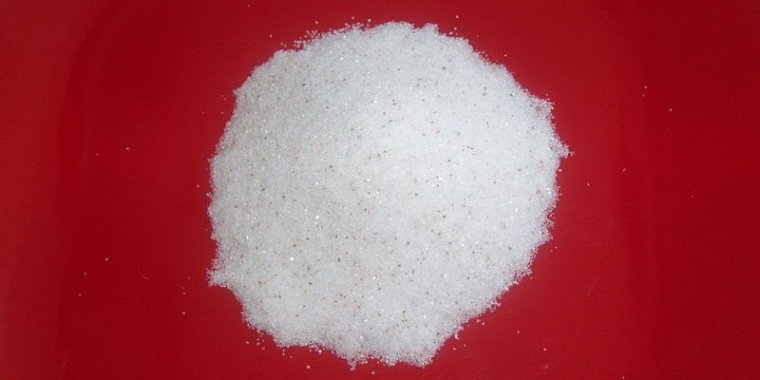| News / Science News |
Study Shows Average Consumption of Salt Good for Heart Health
New research shows that five grams a day sodium consumption does not increase health risks, however dramatic reductions in salt consumption may even prove harmful.
The finding supports growing criticism that current guideline recommendations to dramatically lower salt intake in the general population may be misguided.
The study also suggests that too much salt in the diet is not a widespread global problem, though some populations which consume very high levels of salt would likely benefit from curbing salt.
The current paper reports blood pressure and cardiovascular community outcomes in 94,000 adults from 21 countries based on estimated sodium and potassium intake calculated from a single fasting morning urine specimen. Study subjects have now been followed for an average of 8 years.
Worldwide, sodium intake is slightly less than 4 g/day, though there are wide geographical and cultural variations. The World Health Organization (WHO) guideline recommends that sodium consumption be lower than 2 g/day (equivalent to 5 g/day of salt, or 1 teaspoon), though the American Heart Association goes further and recommends an upper threshold of 1.5 g/day.
These guidelines are rooted in the well established relationship between sodium intake and blood pressure. Reducing sodium intake, which leads to lower blood pressure, will inevitably result in important reductions in cardiovascular events, low salt advocates contend.
But a growing number of skeptics disagree. Andrew Mente (McMaster University), first author, said that when it comes to major reductions in salt " there is little evidence in terms of improved health outcomes." Further, he pointed out there is no evidence "that free-living individuals ever achieve such a low level” as recommended in the guidelines.
The new results offer no support for very low sodium levels recommended in the guidelines but they do support more moderate reductions from very high levels.
An increased cardiovascular risk was only observed in communities where the average intake was greater than 5 g/day. But only about 5% of people in developed countries have sodium intake over 5 g/day. The study found no increase in risk in the communities with sodium levels between 3-5 g/day. (Tasnim News Agency)
YOU MAY ALSO LIKE



